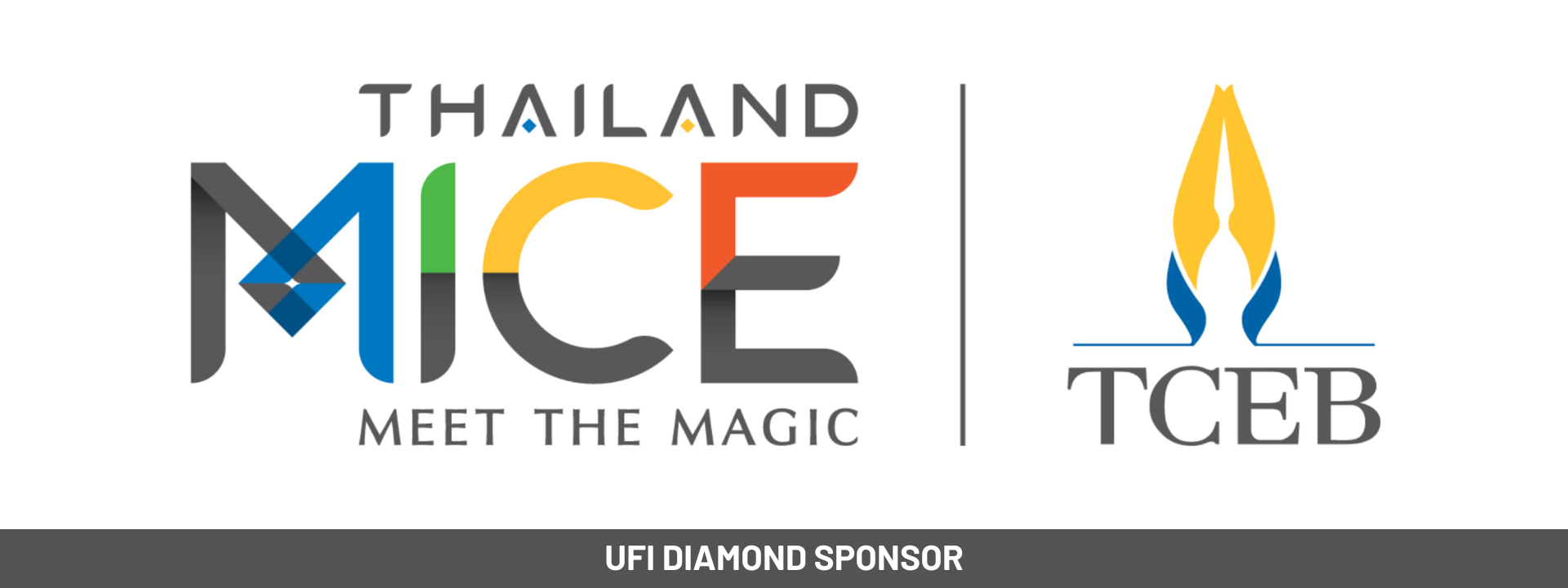
Senior Vice President, Mr. Park Jong Geun
As the Korean government shifted its months-long social distancing campaign to a more relaxed “distancing in daily life” campaign from May 6, KINTEX decided to reopen its exhibition halls for the first time since the most recent exhibition in January.
The event, the 53rd MBC Construction Expo, was organized by PEO Dong-A Fairs and held from May 8 to 11. Considering the timing of show in the midst of the COVID19 pandemic, the PEO and KINTEX agreed to establish a thorough set of contingency measures.
In preparation for the opening, nearby hospitals and quarantine authorities were notified of the event in advance in order to gain their cooperation. Both the PEO and KINTEX agreed that the PEO would primarily manage the hall entrance and inside the hall itself, while KINTEX would primarily be responsible for managing the venue entrance and lobby area. More than 50 employees in total from both companies were dedicated to quarantine activities for day of the show.
Quarantine measures by area are as follows:
@ Venue Entrance (controlled by Venue)
- Thermal imaging cameras & facial recognition thermometers
- Hand sanitizers, disinfection doormats, plastic gloves
- Individuals showing signs of fever or illness immediately directed to containment facility
@ Lobby Area (controlled by Venue)
- Entry line installed at 1.5m intervals on the floor
- Quarantine and disinfection work conducted once and twice a day, resPEOtively
- 100% external air intake and air conditioning conducted
@ Hall Entrance (controlled by PEO and Venue)
- A second body temperature measurement by non-contact thermometer
- Admission permitted following use of hand sanitizer and wearing of plastic gloves which had been distributed
- Emergency room and medical staff on site
@ Inside Hall (controlled by PEO)
- All visitors: Required to wear masks and plastic gloves
- All exhibitors: Required to wear face shields that cover the entire face
- Wearing of plastic gloves and masks checked by staff circulating through the hall
- One-way traffic line induction
- Acrylic screens installed on tables in the business meeting area and the cafeteria
- Space between booths maximized (separated by minimum of 4m)
- Video teleconference systems enable exhibitors to remotely consult with overseas buyers unable to attend the event
- Quarantine and disinfection work conducted once and twice a day, resPEOtively
- 100% external air intake and air conditioning conducted
@ Hall Exit (controlled by PEO)
- Anti-disposal waste collection box for disposal of used plastic gloves
@ Outside Venue (controlled by Venue)
- Ambulances on standby to transfer patients with signs of fever/illness
- Realtime cooperation system with local authorities and nearby hospitals
One individual with a fever was identified at the entrance of the venue throughout the event and immediately moved to a containment area where his body temperature was taken again and found to be normal.
Due to reduced show scale (5 halls → 2 halls) and public fear concerning the virus, many visitors were not expected to attend the show. Unexpectedly, however, more than 45,000 visitors came to the show. Exhibitors were very satisfied with the number and quality of visitors even though the number of visitors decreased from 100,000 visitors the previous year.
Challenges and lessons learned from the first exhibition are as follows:
- There was a long admission line and congestion in the lobby because it took long time prior to entry to put on plastic gloves, apply hand sanitizer, and take each person’s temperature while maintaining a 1.5m distance between visitors.
To resolve this issue, more personnel (3→9) were dispatched to the entrance to reduce the admission time. An empty exhibition hall was also opened and the admission line redirected within in order to eliminate congestion in the lobby area
- Long registration lines were also due to required on-site registration despite all attendees having already pre-registered. This extra step was considered unavoidable in order to obtain the identities and contact information of each visitor for the purpose of social tracking afterward.
To resolve this, we recorded the issuing time of nametags for those who had pre-registered enabling them to bypass the entire re-registration process. A record of the visitor’s admission date and time was deemed sufficient to track the individual if doing so proved necessary. Four additional registration booths were opened and placed at even distances from each other to spread out the registration process.
Although the first show ended without incident, the issues discovered during this event will be analyzed and a more thorough prevention plan developed and implemented at future shows. Depending on the size and nature of the event, additional contingency measures may be needed. That said, with thorough cooperation between the venue and the organizer, events can continue to be held in the era of COVID 19.



Wow! Congratulations for all the efforts done. It is light in the end of tunnel.
Hi..this is indeed encouraging news regarding the return of exhibitions. One question i was wondering about, what about international visitors, were there any? Also stand construction companies, were they also subject to these health regulations?
Thanks
Amr